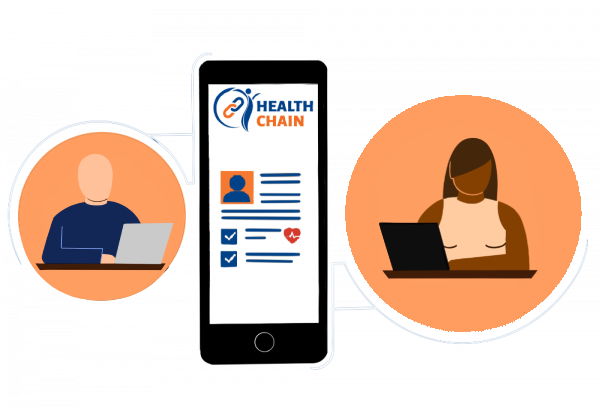Overcoming Barriers to Interoperability
April 18, 2023 | 2-minute read

One of the key issues hindering value-based care is the lack of interoperability in the payer and provider ecosystem. The sub-optimal level of interoperability functionality in healthcare is an ongoing but addressable challenge. This challenge exists within physician practices as well as the hospital care segment. 2021 interoperability statistics from the Office of the National Coordinator for Health Information Technology reported only 16% of office-based physicians had the capability of exchanging electronic health information across 4 interoperability domains (send, receive, find, integrate). Although the interoperability level is higher for hospitals than for office-based physicians, only 55% of hospitals in 2019 reported EHI interoperability across four domains. Many hospitals and managed care organizations ask, "what can we do in the near term to advance our EHI interoperability?"
One relatively “low lift” action several forward-thinking health plans are taking is to create a FHIR-based API platform to ingest, curate and monitor data. This approach, which results in high levels of data integration and data accessibility, has several benefits including:
By evaluating the benefits that can accrue to patients, providers and health plan operations, some health plans make a solid business case for improving interoperability, especially if they want to ensure meeting CMS interoperability mandates. Research published by Gartner® in December 2022 (Quick Answer: Use FHIR to Jump-Start Clinical Data Integration for U.S. Healthcare Payers), states: “By first emphasizing and delivering real value to providers, savvy payers will parlay these regulatory demands into a compelling business case for an enterprise wide CDI program that address savings and business performance “lift for their own organizations.”













